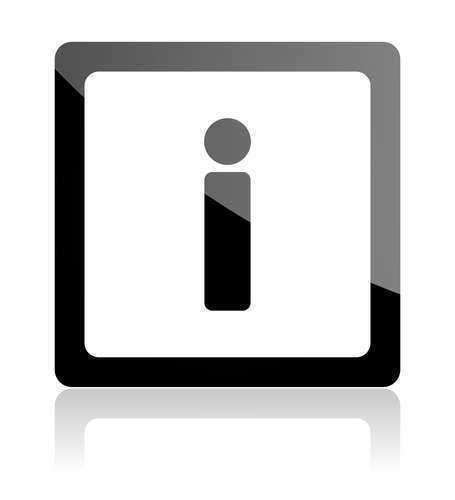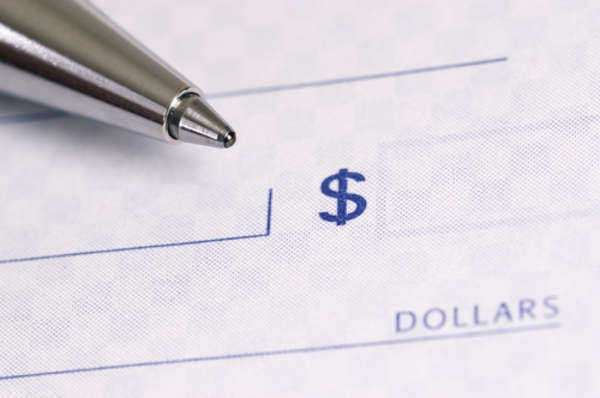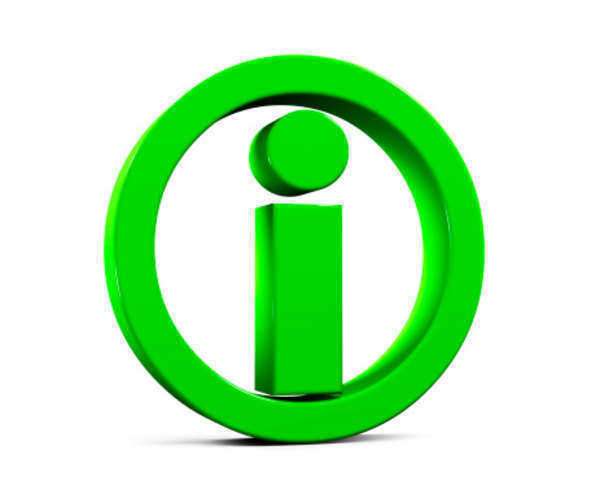Know the Signature Requirements for Negotiable Instruments


 Sometimes negotiable instruments actually only become payable after certain acts or events have occurred. However, this is not a specific time; it still fits the definition of specific time under commercial business law. As long as there is one specific, clearly defined point at which the negotiable instrument becomes payable, it can fall under the purview of negotiable instruments. If a given monetary contract does not have such a specifically defined time for the money to be made payable, then it cannot be a negotiable instrument.
Sometimes negotiable instruments actually only become payable after certain acts or events have occurred. However, this is not a specific time; it still fits the definition of specific time under commercial business law. As long as there is one specific, clearly defined point at which the negotiable instrument becomes payable, it can fall under the purview of negotiable instruments. If a given monetary contract does not have such a specifically defined time for the money to be made payable, then it cannot be a negotiable instrument.

The writing form of negotiable instruments is fairly well defined under business law, specifically the Uniform Commercial Code. There are specific requirements that must be present for any given financial contract to be considered a negotiable instrument. Some negotiable instruments are uniformly considered and understood to be negotiable instruments, meaning that despite these elements' direct absence from the financial object, the terms of negotiable instruments still apply. If you need legal advice and assistance, contact business lawyers.
The first key element that must be included in any negotiable instruments writing is that the payment ordered in the writing must be made unconditional. In terms of writing form, then, this means that negotiable instruments cannot resemble some fuller, more specific forms of contracts under business law. For instance, if a given contract provided for the fact that payment might not be rendered if the products exchanged were found to be defective, while that might be perfectly legal under business law, such a contract would not fall under the domain of negotiable instruments.
In order for a writing to be considered a negotiable instrument, it must not have any conditions that might negate the requirement of payment. This is different, however, from having conditions that must be met prior to payment being made; in those cases, payment will still be made, but only when conditions are met.
The next key element of negotiable instruments in America is that they must involve a specific amount of money in the exchange. This does not necessarily mean that the negotiable instrument must have an exact amount of money filled in from the initial creation of the writing. It is possible that instead, the amount of money that must be paid is determined by a formula.
As an example, transactions involving interest can still be written into the form of a negotiable instrument because at any given point the exact sum of money being exchanged under the negotiable instrument's terms will be defined. But if the writing form does not contain some clearly defined determination for the amount of money exchanged, then it does not fall into the purview of negotiable instruments.
The third key element of the writing form for negotiable instruments is that the payment described by negotiable instruments must be payable either on demand or at a specified time. This means that loans written in the form of negotiable instruments must actually have a defined maturation date at which point the loan must be fully paid off. Either way, the loan cannot be indefinitely extended for the writing form to be considered a negotiable instrument under business law.
Fourth, negotiable instruments cannot involve any sort of provision that would require the promissory party or the ordering party to supply any other type of payment aside from the money mentioned in the writing. In other words, negotiable instruments cannot require the paying individual to offer up either a service or physical object as payment; they must instead provide for monetary payment only under business law.
The final key characteristic of negotiable instruments is that they must be payable at the time at which they are written. This means that the writing form for negotiable instruments requires that there be a clearly defined payee in any such transaction and the negotiable instrument must be payable to that party


The primary permutation allowed in terms of adjusting the value of negotiable instruments comes from the fact that negotiable instruments can actually have interest attached to them. This interest is not considered to make the negotiable instrument's value variable. Not all negotiable instruments need have interest, but loans, which can be represented as negotiable instruments, often do have interest involved in some fashion.
The reason that the interest does not invalidate the contract as a negotiable instrument is that the original value of negotiable instruments with interest is still set within the terms of the negotiable instruments. Furthermore, the formula for determining the interest rate will be similarly set, and therefore, at any given point in time any party should be able to quickly and easily determine the amount of money for which the negotiable instruments are valued under business law.
The fact that negotiable instruments require a definition of the amount of money to be exchanged is fundamental to the role of negotiable instruments as being methods for exchanging money enforced and protected by business law. If the negotiable instruments were not required by business law to have a set amount of money to them, then they would not be definite or concrete enough to successfully enforce.
The origins of most modern day forms of negotiable instruments likely play another important role in explaining why negotiable instruments must have established monetary amounts under business law. Negotiable instruments in general began as a means of keeping track of debt.
In order to provide some semblance of fairness, then, negotiable instruments would have to involve set sums of money with set interest rates; otherwise, the debts could be easily exaggerated when it came time to collect.
Negotiable instruments today still cover some forms of loan, but many of the uses are much more focused on orders to pay instead of promises to pay like debts or loans. Nonetheless, the importance of having a set amount of money to be exchanged remains, as enforced by business law. If you need legal advice and assistance, contact business lawyers.
